Vinegar cleaning hacks at home – who knew this humble kitchen staple could be your secret weapon against grime, stains, and odors? I’m always amazed by the versatility of vinegar, and I’m excited to share some of my favorite DIY cleaning tricks with you.
For centuries, vinegar has been more than just a condiment. Ancient civilizations, from the Babylonians to the Romans, used it for cleaning, preserving food, and even medicinal purposes. It’s a testament to its effectiveness that we’re still relying on this natural powerhouse today. But why should you ditch those expensive, chemical-laden cleaners and embrace vinegar cleaning hacks at home?
Well, for starters, it’s incredibly cost-effective! Plus, it’s a fantastic eco-friendly alternative that reduces your environmental footprint. Let’s face it, we all want a sparkling clean home, but not at the expense of our health or the planet. This article will give you the best vinegar cleaning hacks at home, saving you money and time. From tackling stubborn hard water stains to freshening up your laundry, I’ll show you how to harness the power of vinegar for a cleaner, healthier, and happier home. Get ready to be amazed by the magic of vinegar!
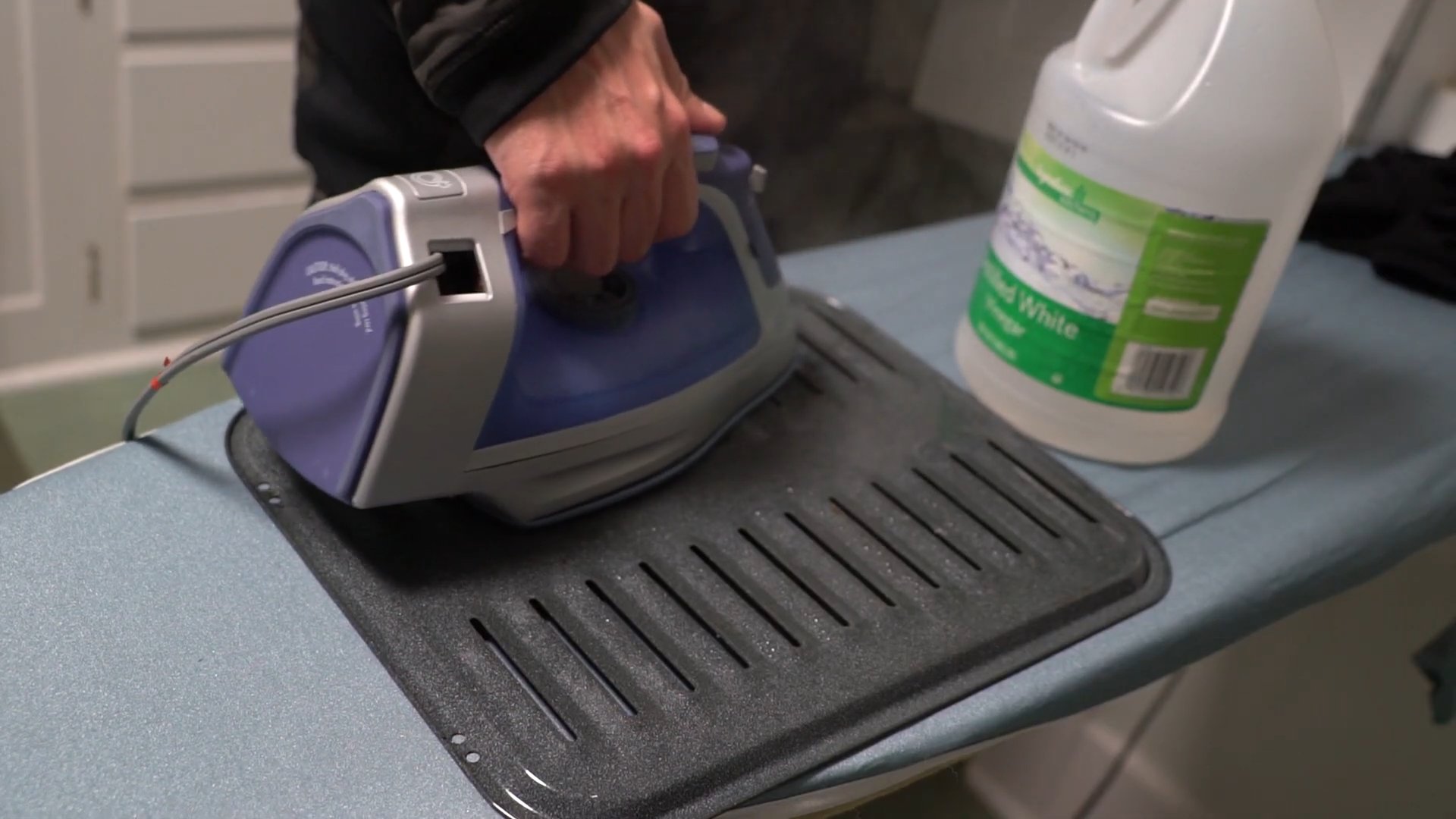
Unlocking the Power of Vinegar: Your Ultimate Guide to DIY Cleaning Hacks
Vinegar. It’s that unassuming bottle sitting in your pantry, often overlooked for its cleaning prowess. But trust me, this humble ingredient is a powerhouse when it comes to tackling household grime. I’m going to share some of my favorite vinegar cleaning hacks that will save you money and keep your home sparkling. Get ready to ditch those harsh chemicals and embrace the natural cleaning magic of vinegar!
General Vinegar Cleaning Tips
Before we dive into specific hacks, let’s cover some essential tips for using vinegar effectively:
* Dilution is Key: Always dilute vinegar with water, especially when cleaning delicate surfaces. A 1:1 ratio is generally a good starting point.
* Test in an Inconspicuous Area: Before applying vinegar to any surface, test it on a small, hidden area to ensure it doesn’t cause discoloration or damage.
* Don’t Mix with Bleach: This is crucial! Mixing vinegar with bleach creates toxic chlorine gas. Always use them separately.
* Ventilation is Important: Vinegar has a strong odor, so open windows or use a fan to ensure proper ventilation while cleaning.
* Use White Distilled Vinegar: This is the most versatile and readily available type of vinegar for cleaning.
Cleaning Your Kitchen with Vinegar
The kitchen is a breeding ground for grease, spills, and odors. Thankfully, vinegar can handle it all!
Cleaning the Microwave
Microwaves can get pretty gross, pretty quickly. Here’s how to clean yours with vinegar:
1. Prepare the Solution: Fill a microwave-safe bowl with 1 cup of water and 1/4 cup of white distilled vinegar.
2. Microwave the Mixture: Place the bowl in the microwave and heat on high for 5-10 minutes, or until the solution boils and the microwave is filled with steam.
3. Let it Sit: Leave the microwave door closed for another 5-10 minutes to allow the steam to loosen any stuck-on food particles.
4. Wipe Clean: Carefully remove the bowl (it will be hot!) and wipe down the inside of the microwave with a clean cloth or sponge. The grime should come off easily.
5. Tackle Stubborn Spots: For any stubborn spots, dip a cloth or sponge in the vinegar solution and scrub gently.
Degreasing Your Stovetop
Grease splatters are inevitable when cooking. Vinegar can cut through that grease like a champ!
1. Remove Loose Debris: Wipe down the stovetop with a damp cloth to remove any loose food particles or debris.
2. Prepare the Vinegar Solution: Mix equal parts white distilled vinegar and water in a spray bottle.
3. Spray and Soak: Spray the vinegar solution liberally onto the stovetop, focusing on areas with heavy grease buildup. Let it sit for 5-10 minutes to allow the vinegar to penetrate the grease.
4. Scrub and Wipe: Use a non-abrasive sponge or cloth to scrub the stovetop, paying attention to stubborn areas.
5. Rinse and Dry: Rinse the stovetop with clean water and dry with a clean cloth.
Freshening Your Dishwasher
Dishwashers can develop unpleasant odors over time. Vinegar can help eliminate those smells and keep your dishwasher running smoothly.
1. Empty the Dishwasher: Make sure your dishwasher is empty before starting this process.
2. Vinegar Rinse: Place a dishwasher-safe cup or bowl filled with 1 cup of white distilled vinegar on the top rack of the dishwasher.
3. Run a Hot Cycle: Run the dishwasher on a hot cycle without detergent. The vinegar will help to dissolve mineral deposits and eliminate odors.
4. Regular Maintenance: Repeat this process once a month to keep your dishwasher fresh and clean.
Cleaning Your Coffee Maker
Coffee makers can accumulate mineral deposits that affect the taste of your coffee. Vinegar is a great natural descaler.
1. Prepare the Vinegar Solution: Fill the water reservoir of your coffee maker with equal parts white distilled vinegar and water.
2. Run a Brewing Cycle: Run a full brewing cycle with the vinegar solution.
3. Rinse with Water: After the brewing cycle is complete, discard the vinegar solution and fill the water reservoir with fresh water.
4. Run Several Rinse Cycles: Run two or three brewing cycles with fresh water to rinse away any remaining vinegar.
5. Clean the Carafe: Wash the carafe with soap and water.
Bathroom Cleaning Hacks with Vinegar
The bathroom is another area where vinegar shines. It can tackle soap scum, hard water stains, and mildew.
Cleaning Showerheads
Showerheads can get clogged with mineral deposits, reducing water pressure. Here’s how to clean them with vinegar:
1. Prepare the Vinegar Solution: Fill a plastic bag with white distilled vinegar.
2. Submerge the Showerhead: Secure the bag around the showerhead with a rubber band or twist tie, ensuring that the showerhead is completely submerged in the vinegar.
3. Soak Overnight: Let the showerhead soak in the vinegar overnight.
4. Remove and Rinse: Remove the bag and rinse the showerhead thoroughly with water.
5. Remove Stubborn Deposits: Use an old toothbrush to scrub away any remaining mineral deposits.
Removing Soap Scum from Shower Doors
Soap scum can be a real pain to remove. Vinegar can help loosen it up.
1. Prepare the Vinegar Solution: Heat white distilled vinegar in the microwave until it’s warm (but not boiling).
2. Spray and Soak: Pour the warm vinegar into a spray bottle and spray it liberally onto the shower doors. Let it sit for 15-20 minutes to allow the vinegar to penetrate the soap scum.
3. Scrub and Wipe: Use a non-abrasive sponge or cloth to scrub the shower doors. The soap scum should come off easily.
4. Rinse and Dry: Rinse the shower doors with clean water and dry with a clean cloth.
Cleaning Toilets
Vinegar can help to disinfect and deodorize your toilet.
1. Pour Vinegar into the Bowl: Pour 1-2 cups of white distilled vinegar into the toilet bowl.
2. Let it Sit: Let the vinegar sit for at least 30 minutes, or preferably overnight.
3. Scrub and Flush: Scrub the toilet bowl with a toilet brush and flush.
4. Clean the Exterior: Mix equal parts white distilled vinegar and water in a spray bottle and spray it onto the exterior of the toilet. Wipe clean with a cloth.
Other Clever Vinegar Cleaning Hacks
Vinegar’s versatility extends beyond the kitchen and bathroom. Here are a few more clever ways to use it around your home:
Cleaning Windows and Mirrors
Vinegar can leave your windows and mirrors streak-free and sparkling.
1. Prepare the Vinegar Solution: Mix equal parts white distilled vinegar and water in a spray bottle.
2. Spray and Wipe: Spray the vinegar solution onto the windows or mirrors and wipe clean with a clean, lint-free cloth or paper towel.
3. Dry Thoroughly: Dry the surface thoroughly to prevent streaks.
Deodorizing Carpets and Rugs
Vinegar can help to eliminate odors from carpets and rugs.
1. Test in an Inconspicuous Area: Before applying vinegar to your carpet or rug, test it on a small, hidden area to ensure it doesn’t cause discoloration.
2. Prepare the Vinegar Solution: Mix equal parts white distilled vinegar and water in a spray bottle.
3. Lightly Spray: Lightly spray the vinegar solution onto the carpet or rug, being careful not to saturate it.
4. Let it Dry: Allow the carpet or rug to air dry completely.
5. Vacuum: Once the carpet or rug is dry, vacuum it thoroughly.
Removing Stickers and Labels
Vinegar can help to loosen the adhesive on stickers and labels, making them easier to remove.
1. Soak the Sticker: Soak a cotton ball or cloth in white distilled vinegar.
2. Apply to the Sticker: Press the vinegar-soaked cotton ball or cloth onto the sticker or label and let it sit for several minutes.
3. Peel Away: Gently peel away the sticker or label. The adhesive should be loosened, making it easier to remove.
4. Remove Residue: If there is any remaining adhesive residue, wipe it away with a clean cloth dampened with vinegar.
Reviving Dull Laundry
Vinegar can brighten whites and remove odors from your laundry.
1. Add to the Wash: Add 1/2 cup of white distilled vinegar to the washing machine during the rinse cycle.
2. Brighten Whites: Vinegar can help to brighten white clothes and remove dinginess.
3
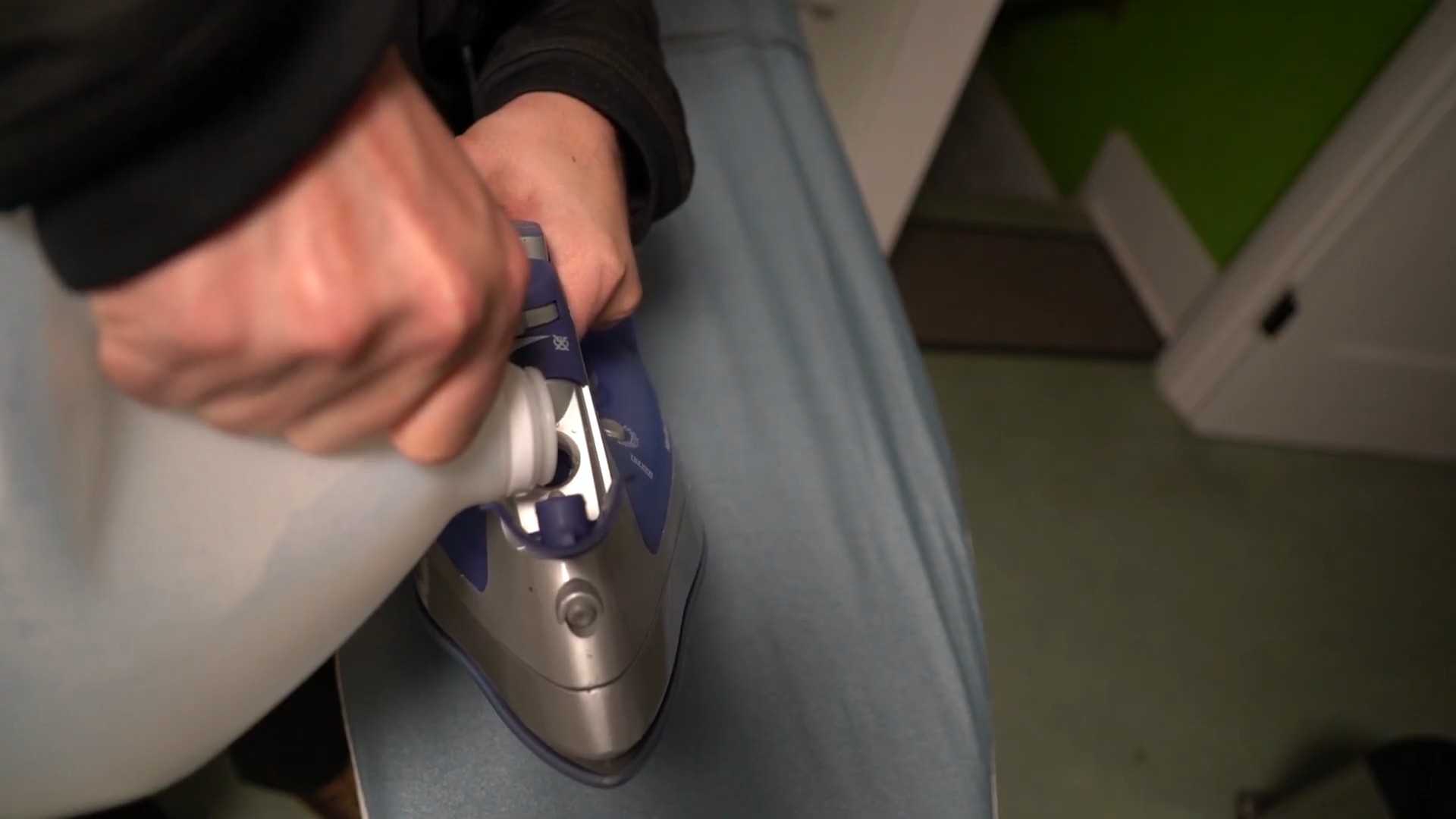
Conclusion
So, there you have it! Unlocking the power of vinegar for a sparkling clean home is not just a trend; it’s a revolution in eco-friendly and cost-effective cleaning. We’ve explored several incredible vinegar cleaning hacks that can transform your cleaning routine, from banishing stubborn hard water stains to deodorizing your entire house. The beauty of these hacks lies in their simplicity and accessibility. You likely already have a bottle of vinegar sitting in your pantry, ready to be unleashed on grime and dirt.
But why is this a must-try? Beyond the obvious cost savings compared to expensive commercial cleaners, vinegar offers a safer alternative for your family and pets. You’re reducing your exposure to harsh chemicals and contributing to a healthier indoor environment. Plus, the satisfaction of creating your own effective cleaning solutions is incredibly rewarding.
Don’t be afraid to experiment and adapt these hacks to your specific needs. For instance, if you find the vinegar scent too strong, infuse it with citrus peels or herbs like lavender for a more pleasant aroma. You can also adjust the dilution ratios depending on the severity of the cleaning task. For tougher stains, try using undiluted vinegar, but always test it on an inconspicuous area first to ensure it doesn’t damage the surface.
Consider these variations to elevate your vinegar cleaning game:
* Essential Oil Boost: Add a few drops of your favorite essential oils to your vinegar cleaning solutions for added fragrance and potential antibacterial benefits. Lemon, tea tree, and eucalyptus oils are excellent choices.
* Baking Soda Power: Combine vinegar with baking soda for a powerful fizzing action that can dislodge stubborn grime in drains and on surfaces. Remember to use caution, as this reaction can produce pressure.
* Vinegar Ice Cubes: Freeze diluted vinegar in ice cube trays for easy disposal cleaning. Simply toss a cube into your garbage disposal to freshen it up and break down food particles.
* DIY All-Purpose Spray: Create your own all-purpose cleaner by combining equal parts vinegar and water in a spray bottle. Add a few drops of dish soap for extra cleaning power.
We wholeheartedly encourage you to try these vinegar cleaning hacks and witness the transformative power of this humble ingredient. It’s time to ditch the harsh chemicals and embrace a more natural and sustainable approach to cleaning.
But the journey doesn’t end here! We want to hear about your experiences. Did you discover a new and innovative way to use vinegar for cleaning? Did one of these hacks work particularly well for you? Share your tips, tricks, and stories in the comments below. Let’s build a community of vinegar cleaning enthusiasts and learn from each other. Your insights could inspire others to embrace this eco-friendly cleaning revolution and create a healthier, happier home. So, grab that bottle of vinegar and get cleaning! We can’t wait to hear about your sparkling success.
Frequently Asked Questions (FAQs)
Is vinegar safe to use on all surfaces?
No, vinegar is not safe to use on all surfaces. Avoid using vinegar on natural stone surfaces like marble, granite, and limestone, as the acidity can etch and damage them. It’s also best to avoid using vinegar on waxed wood furniture, as it can strip the wax finish. Always test vinegar on an inconspicuous area before applying it to a larger surface to ensure it doesn’t cause any damage or discoloration. Other surfaces to avoid include electronics screens and cast iron cookware (unless you’re specifically trying to remove rust).
What type of vinegar is best for cleaning?
White distilled vinegar is the best type of vinegar for cleaning. It’s inexpensive, readily available, and has a high acidity level, making it effective at killing bacteria, dissolving grime, and removing odors. Avoid using other types of vinegar, such as apple cider vinegar or balsamic vinegar, as they may contain sugars or pigments that can leave behind a sticky residue or stain surfaces.
How do I get rid of the vinegar smell after cleaning?
The vinegar smell typically dissipates within a few hours. To speed up the process, you can open windows and doors to ventilate the area. You can also add a few drops of essential oils, such as lemon or lavender, to your vinegar cleaning solution to mask the vinegar scent. Another option is to wipe down surfaces with a clean, damp cloth after cleaning with vinegar.
Can I mix vinegar with bleach?
No, never mix vinegar with bleach. This combination creates chlorine gas, which is highly toxic and can cause serious respiratory problems, burns, and even death. Always use vinegar and bleach separately and never in the same cleaning solution.
How do I clean my coffee maker with vinegar?
To clean your coffee maker with vinegar, fill the water reservoir with equal parts white distilled vinegar and water. Run the coffee maker through a full brewing cycle. Then, run two cycles with fresh water to rinse away any remaining vinegar. This will help remove mineral buildup and improve the taste of your coffee.
How do I clean my microwave with vinegar?
To clean your microwave with vinegar, combine 1 cup of water and 1/4 cup of white distilled vinegar in a microwave-safe bowl. Microwave on high for 5-7 minutes, or until the solution boils and the microwave is filled with steam. Carefully remove the bowl and wipe down the inside of the microwave with a clean cloth. The steam will loosen any splattered food and make it easy to clean.
Can vinegar kill mold?
Yes, vinegar can kill some types of mold. White distilled vinegar is effective at killing about 82% of mold species. To kill mold with vinegar, spray undiluted vinegar onto the affected area and let it sit for an hour. Then, wipe the area clean with a damp cloth. For stubborn mold growth, you may need to repeat the process. However, for large or severe mold infestations, it’s best to consult with a professional mold remediation service.
How do I clean my showerhead with vinegar?
To clean your showerhead with vinegar, fill a plastic bag with white distilled vinegar and secure it around the showerhead with a rubber band. Make sure the showerhead is fully submerged in the vinegar. Let it soak for at least 30 minutes, or preferably overnight. Remove the bag and run the shower to flush out any remaining vinegar and mineral deposits. This will help improve water flow and remove mineral buildup.
Is vinegar safe for septic systems?
Yes, vinegar is generally safe for septic systems. The small amount of vinegar used in cleaning solutions is unlikely to harm the beneficial bacteria in your septic tank. However, it’s always a good idea to use cleaning products sparingly and avoid pouring large amounts of vinegar down the drain at once.
How often should I clean with vinegar?
The frequency of cleaning with vinegar depends on the area and the level of use. High-traffic areas like kitchens and bathrooms may need to be cleaned with vinegar more frequently, such as once a week. Other areas, like windows and mirrors, may only need to be cleaned with vinegar once a month. Adjust the frequency based on your individual needs and preferences.

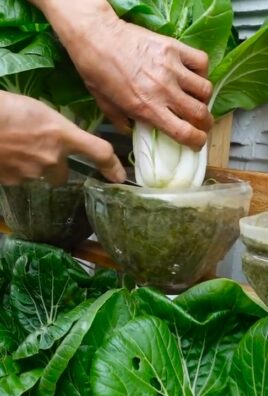
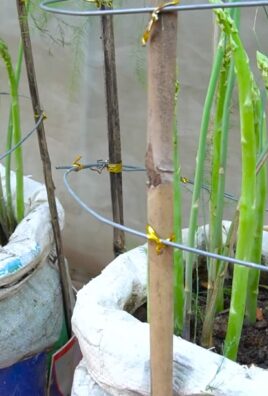
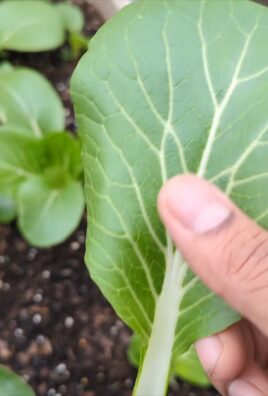
Leave a Comment